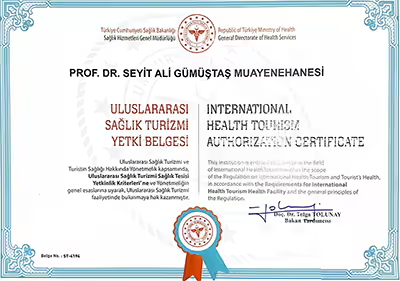OSTEOBLASTOMA
- Hits: 657
Osteoblastoma is a benign but locally aggressive tumor. In other words, it can damage the bone and can come back after surgery.
Osteoblastoma is often detected between the ages of 10 and 30 and is slightly more common in men.
Osteoblastoma is usually found in the middle part of long bones. It is located in the posterior structures of the spine in one-third of patients. Rarely, it can occur in the bones of the hand. It is usually larger than 1.5 cm.
Patients with osteoblastoma often present with pain. Unlike osteoid osteoma, painkillers are not very effective and waking up at night due to pain is not very prominent. Painful scoliosis and torticollis may occur in spinal tumors, and neurological symptoms (numbness, loss of strength, etc.) may develop due to nerve compression in large tumors.
Radiologic evaluation of osteoblastoma shows lytic lesions with a thin margin. Intralesional calcifications may be present. Tomography shows better bone destruction and guides surgical planning, especially for vertebral localization. MRI shows the soft tissue extension of the tumor and its relationship to the spinal cord, especially in aggressive lesions.
Osteoblastoma can be diagnosed by clinical and radiologic evaluation. Biopsy may be performed in suspicious cases. Its pathology is similar to that of osteoid osteoma, but it is larger.
Aggressive osteoblastoma occurs at older ages (30-40) and is larger. It is more destructive locally and has a higher risk of recurrence. Osteosarcoma should be considered in the differential diagnosis.
Intralesional curettage is used to treat osteoblastoma. Local adjuvant application (cautery, liquid phenol, alcohol, etc.) after curettage is recommended to reduce the possibility of recurrence in tumors with appropriate localization. The possibility of recurrence is high in cases without adequate curettage. Therefore, it is important that surgical treatment be performed by an orthopedic oncologist who specializes in bone and soft tissue tumor surgery. The cavity may be filled with bone cement and fixation may be used if necessary for stability.
The risk of recurrence after surgery for osteoblastoma has been reported to be 10-20% and patients should be followed closely at regular intervals. Although very rare, there is a risk of malignant transformation. This risk is higher in cases of multiple recurrences.


